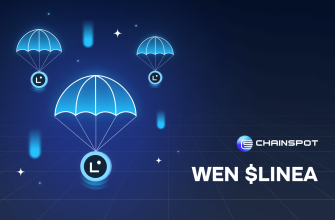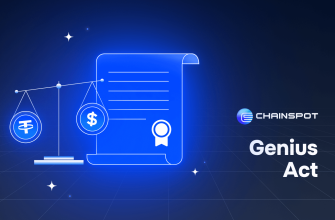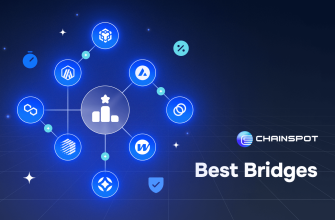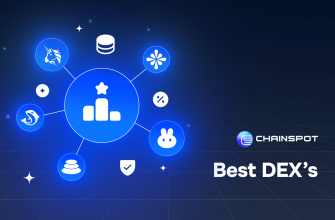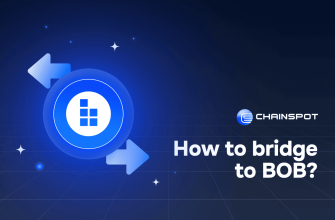TL;DR
In DeFi, “layers” refer to different levels of blockchain infrastructure and applications, each serving specific functions.
Layer 0 is the network infrastructure, Layer 1 includes foundational blockchains like Bitcoin and Ethereum, Layer 2 provides scaling solutions to enhance efficiency, and Layer 3 consists of decentralized applications (dApps) offering various financial services.
These layers improve scalability, efficiency, and security within the DeFi ecosystem.
In the world of decentralized finance (DeFi), the concept of “layers” is fundamental.
These layers represent different levels of infrastructure or applications within the blockchain ecosystem, each performing specific functions that are crucial for the interaction and security of decentralized applications (dApps) and protocols.
Layer 0, also known as the network layer, forms the foundational infrastructure of the entire ecosystem.
It includes physical elements like internet cables and data transmission equipment, which provide the basic connectivity and data transfer capabilities essential for the functioning of blockchain networks and applications.
For example, the Internet and network protocols like TCP/IP are part of Layer 0, ensuring that the digital infrastructure needed for blockchain operations is in place.
Layer 1 is the base layer blockchain, including fundamental blockchains such as Bitcoin, Ethereum, and Solana.
This layer provides core functionalities like block creation and transaction validation, ensuring the security and decentralization of the network.
Layer 1 serves as the foundational platform for developing dApps and smart contracts, and its robustness is supported by a broad developer and user community.
The high level of security and decentralization offered by Layer 1 is crucial for maintaining trust and integrity in the blockchain ecosystem.
Layer 2 solutions are built on top of Layer 1 blockchains to address issues such as scalability and transaction speed.
These solutions, including the Lightning Network for Bitcoin and Optimistic Rollups for Ethereum, aim to improve the efficiency of the base layer without compromising its security.
Layer 2 enhances transaction throughput and reduces fees by handling transactions off-chain or through sidechains and then settling them on the Layer 1 blockchain.
This layer is essential for increasing transaction speed and lowering fees, which are vital for the practical use of blockchain technology in everyday applications.
Layer 3 consists of the application layer, which includes decentralized applications (dApps) that interact with Layer 1 and Layer 2 solutions.
These applications offer various DeFi services such as lending, borrowing, and trading. Examples include Uniswap, Aave, and Compound, which provide end-user services and interfaces leveraging the underlying blockchain technology to offer financial products and services in a decentralized manner.
Layer 3 brings the benefits of direct user interaction, innovative financial products, decentralized governance, and increased accessibility to financial services.
Layers in DeFi are crucial for several reasons. They help improve the scalability of blockchain networks, enabling them to handle more transactions without congestion.
Different layers distribute functions efficiently, allowing the system to operate more effectively—for instance, by offloading heavy computational tasks to Layer 2 while keeping security-critical operations on Layer 1.
Additionally, layers provide a structured approach to maintaining security. Layer 1 ensures foundational security, while Layer 2 and Layer 3 enhance performance and user experience without compromising the base layer’s integrity.
This layered approach is essential for the growth and sustainability of the DeFi ecosystem, providing a robust, efficient, and secure infrastructure for decentralized financial services.






